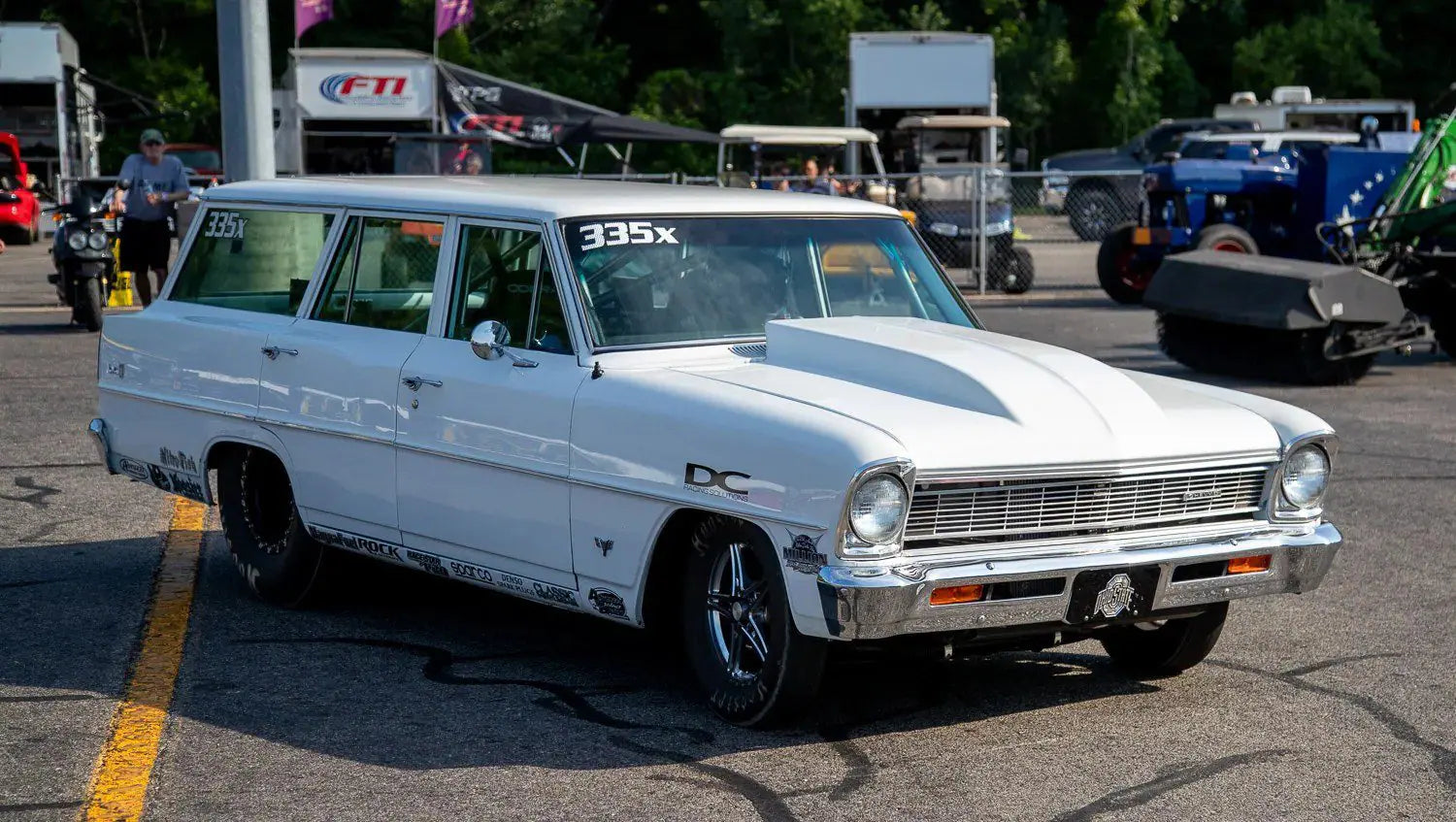The Drag Racing Icon Discusses VP PRO GRADE Racing Oil
Estimated reading time 5:00
Dave Connolly is not a household name for those who don’t follow racing, but the KB Racing crew chief has a well-cemented reputation in his industry. Before Gray Motorsports left the world of drag racing, Connolly’s adroit tuning skills propelled Tanner Gray to becoming NHRA’s youngest professional champion while claiming the 2017 Auto Club Road to the Future award.
Following Gray’s departure from drag racing, Connolly wasn’t a free agent for long. The former driving champion signed on with KB Racing following the 2018 season. He and fellow KB Racing crew chief Rob Downing work as a team to support a cadre of ace drivers in the ultra-competitive NHRA Camping World Drag Series Pro Stock.
Before turning wrenches for KB Racing and Gray Motorsports, Connolly was a championship driver, going from sportsman and bracket racing to Pro Stock. He claimed 30 NHRA national events covering four classes. Connolly and his 330-mph Top Fuel dragster appeared in three final rounds as a member of Bob Vandergriff’s team in 2015. His accomplishments continued after moving to Pro Stock, where he captured 26 victories, tied for the 11th most all-time.
Despite his demanding schedule with KB Racing, Connolly still competes in bracket racing when time allows and unsurprisingly has enjoyed great success.
The Devil is in The Details
Much of his career success as a driver and with KB Racing is due to his keen attention to detail. Connolly is what you might describe as a data nerd. He keeps a meticulous online spreadsheet with thorough notes describing every adjustment ever made to his cars.
He tracks the weather like a bloodhound tracks a body on a search-and-rescue mission. No detail is too small, nor can it be when thousandths of a second can be the difference in a lucrative trip to the winner’s circle or a disappointing day at the track. As Connolly says, “The detail is in the data.”
KB Racing’s deft tuner switched from methanol to VP Racing Fuels Q15 two years ago for his personal bracket racing needs and immediately saw results. He noted that the fuel offers significant advantages compared to methanol.
At the start of 2022, he decided to give VP Pro Grade Racing Oil a spin in his dragster and wagon. We caught up with the KB Racing team crew chief to discuss his personal experience with Pro Grade, and why he feels it’s his best drag racing oil.
Q&A with Dave Connolly
VP: Tell us about your experience since you started using VP Pro Grade Racing Oil.
DC: I’m running the 10W40 Pro Grade in both my dragster and wagon. It was definitely a testament to the oil. At Martin [Michigan], I didn’t even double the car the first two days. I ran the dragster, and a bolt broke off the crank, so I had to double the wagon the last three events. I made 44 runs on it that week. I was doubled a couple of times late in the race and had both entries in the 6th round of the $500K.
I would literally make a run, drive right back to the lanes, and let the engine cool down for two to three minutes. As soon it would get to 140, I’d roll right back to the water box. The oil pressure stayed consistent.
Since I’ve been running the stuff [10W40 Pro Grade Racing Oil], the vacuum went up a half inch. So far, everything has been great with it.
VP: How long have you been using Pro Grade?
DC: I can’t remember if it was January or February, but it was definitely at the first of the year.
VP: How did you come to start using our product?
DC: I’ve been with you guys for quite some time and use your fuel. About a year ago, I talked with Freddie [Turza, VP Technical Manager], and he said, “We need to get you into our oil,” and that’s exactly how it came about.
VP: What else have you seen during the time you’ve been using Pro Grade?
DC: With bracket engines, we don’t tear them down and inspect them as often as you would with a Pro Stock engine. I probably over-maintain my stuff, such as changing the oil every 30 or 40 runs. I pull the valve covers every few days of racing, whether there are 10 runs on it or 20 runs. I’ve got a removable filter, so I get to really examine every oil change to make sure there’s nothing in there.
Honestly, after 30 or 40 runs, the stuff [Pro Grade] still looks like new. Coming from the Pro Stock world, I’m huge on data acquisition, so I really monitor every asset of the engine. Once I put your oil in there, I noticed that the vacuum was a touch better than it was with the Mobil 1 I had been using.
VP: Did the data show that or could you tell from experience?
DC: No, it was the data. I’ve got a V300 Racepak on there. It’s hard numbers. I’ve got a vacuum line right on there, and it definitely went up a half inch of vacuum when I put the Pro Grade in there.
VP: What does that mean in terms of performance and time?
DC: From the best that I can tell, and I correct all my ET’s [elapsed time] back to sea level, so all my corrected runs from the time I put it in [10W40 Pro Grade], and comparing apples to apples – at the same race track and within a month’s time – the thing was correcting about a 100th-and-a-half faster and the vacuum was up. I was very pleased with it.
VP: What would you tell someone about Pro Grade if they were thinking of maybe trying out some different racing oils?
DC: All I can go off of is real-life experience. When I put it in, the vacuum got better and the ET’s got lower, so that’s my sales pitch. I’ve got an engine on my car that’s got upwards of 670-some runs on it, and the thing is still running like the day I put in.

